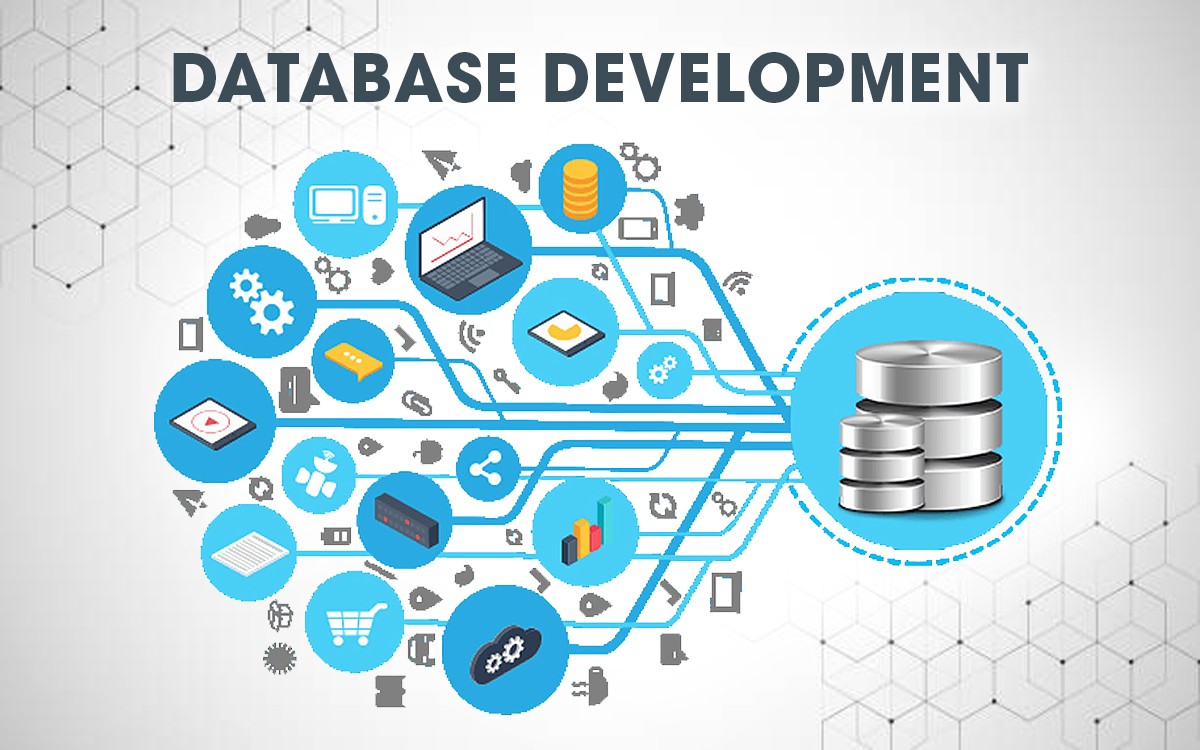4. Database Design & Development
HND in Cyber Security

About 4. Database Design & Development
Organizations depend on their databases for providing information that is essential for their day-to-day operations and to help them take advantage of today’s rapidly growing and maturing e-commerce opportunities. An understanding of database
tools and technologies is an essential skill for designing and developing systems to support them.
Database design and development is a fundamental and highly beneficial skill for computing students to master, regardless of their specialism.
The aim of this unit is to give students opportunities to develop an understanding of the concepts and issues relating to database design and development. It will also provide the practical skills needed to be able to translate that understanding into the design and creation of complex databases.
Topics covered in this unit are: examination of different design tools and techniques; examination of different development software options; consideration of the development features of a fully-functional robust solution covering data integrity, data validation, data consistency, data security and advanced database querying facilities across multiple tables; appropriate user interfaces for databases and for other externally linked systems; creating complex reports/dashboards, testing the system against the user and system requirements; and elements of complete system documentation .
On successful completion of the unit, students will be able to use appropriate tools to design and develop a relational database system for a substantial problem. They will be able to test the system to ensure that it meets user and system requirements, and fully document the system by providing technical and user documentation. For practical purposes, this unit covers relational databases and related tools and techniques. A brief overview of object-oriented databases will also be covered. As a result, students will develop skills such as communication literacy, critical thinking, analysis, reasoning and interpretation, which are crucial for gaining employment and developing academic competence.
Program Learning outcome:
By the end of this unit students will be able to:
LO1 Use an appropriate design tool to design a relational database system for a substantial problem
LO2 Develop a fully functional relational database system, based on an existing system design
LO3 Test the system against user and system requirements
LO4 Produce technical and user documentation.

TextBook Name:
Karwin, B. (2017) SQL Antipatterns: Avoiding the Pitfalls of Database Programming Pragmatic Programmers, LLC.